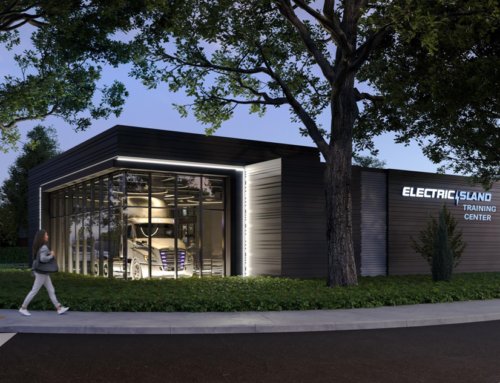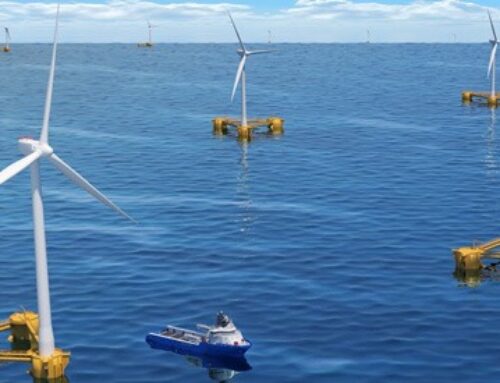Portland State Wins NSF Grant for Advancing Smart Grid Technologies in the Pacific Northwest
In the spring of 2022, the National Science Foundation (NSF) launched the Regional Innovation Engines Program to support innovation-driven economic growth via use-inspired research in diverse regions across the country. Two teams from Oregon won development phase awards for climate tech. One team led by the University of Oregon won an award for advancing the mass timber industry in Oregon and Washington. The second team led by Portland State University (PSU) won an award for advancing smart grid technologies in the Pacific Northwest.
We wanted to hear more from Dr. Robert Bass, one of the Principal Investigator (PI) leads on this grant and a power systems professor active in the local energy community. We thought it was time to revisit our region’s role in advancing smart grid technologies and the industry challenges the coalition hopes to tackle.

Dr. Bob Bass Professor at PSU
What is a high-level summary of the PSU coalition’s winning proposal?
We’re referring to the project as SEQUINS: Smart, EQUitable, INteroperable, and Secure. Our goal is to develop a regional economic ecosystem that will lead the innovation of smart energy products and services, based on the principles that grid technologies must be secure and interoperable, and that our electricity resources are equitable, private, and trustworthy. SEQUINS will promote this ecosystem through five engine activities: entrepreneurship and business development; use-inspired research and development; interoperability and standardization; consulting, advocacy, and policy support; and workforce development.
Why do you think the Portland region and Oregon are well poised to advance interoperability and technology for smart grid?
We’re building from a very solid foundation, as evidenced by the dozens of companies listed on the We Build Green Cities site. The region is already a leader in the national electric power industry, and we’ve been trend setters in renewable energy production and integration for decades. Consider the numerous organizations that already exist in the region (investor-owned and public utilities, power equipment manufacturers, engineering consultancies, smart grid software and modeling companies, green building engineering firms, and renewable energy developers and operators), and it’s easy to see that we’re well-placed to lead in smart energy innovation. The SEQUINS team is a diverse, interdisciplinary group of 31 partners from across the Pacific Northwest, represent the cybersecurity and electric power industries, utility customers, regional governments, workforce preparation institutions, research laboratories and universities, and the entrepreneurial community.
What are the next steps for the NSF Innovation Engines grant?
Our next steps are to develop concrete plans for our five engine activities. We want to develop programs that will support the growth of a nationally impactful economic ecosystem centered in the Pacific Northwest. Our project partners will be engaged in discovery, definition, and program design over the next two years. We will then submit a proposal to the NSF requesting funds to support those programs, $10-16M per year for ten years.
Where do you see challenges in this work?
The team will need to identify opportunities, capacities, and shortcomings within the present-day regional electric power ecosystem, and then devise goals and develop plans that will help foster the growth of a smart grid version of that ecosystem. We want this ecosystem to innovate smart energy products and services while providing equitable economic opportunities for the region. There are a lot of unknowns within those statements, and we’ll need to work out means for making that happen.
Do you have any requests from the climate tech and/or clean energy community as you move this project forward?
Yes, indeed. We’re looking to further expand our partner list, so we’re actively searching for additional members who would like to help us define and develop this smart grid economic ecosystem.




